The low-latitude tropics inhabited by 40% of the global population experiences the most important rainfall zone on the planet, known as the Intertropical Convergence Zone (ITCZ), which accounts for one-third of the world's total rainfall. Taiwan is located on the northern edge of this realm. This zone is also featured by the most important biosphere and the most complicated biodiversity. Vigorous regional atmospheric circulation transports heat and moisture to the middle and high latitudes. The slight hydrological change or small displacement may lead a profound influence on regional biosphere and civilization.
Prof. Chuan-Chou Shen, a Distinguished Professor at our department and the Chairman of the Global Change Research Center, National Taiwan University (NTU), supported by Ministry of Science and Technology (MOST), led an international team for ten years and published their latest research results about a 2700-yr tropical rainfall record from southern Thailand, mainland Southeast Asia in the renowned journal “Proceedings of the National Academy of Sciences of the United States of America” on August 12, 2019. The newly developed 2000-yr long Intertropical Convergence Zone (ITCZ) shift index record shows an overall southward ITCZ shift in the central Indo-Pacific. Other breakthroughs reveal northern tropical dry trend may just be normal variation and the disappearance of Angkor civilization could result from extreme flood events.
This team began cave survey in Thailand in 2010 July. Researchers got official permit to collect stalagmites from Klang Cave, southern Thailand. They analyzed carbonate oxygen isotope data for three selected stalagmites. The world-leading radiometric U-Th dating techniques with a 2sprecision of half a year at best were used to determine the stalagmite ages. Eventually, a subtle and robust stalagmite-inferred tropical rainfall record over the past 2700 years was reconstructed.
Results show millennial-scale decrease in rainfall, similar to other records from the northern tropics and opposite to the southern tropical records. This tropical inter-hemispheric precipitation see-saw pattern on suborbital timescales is most likely driven by changes in summertime insolation in each respective hemisphere. Notable centennial-decadal scale relatively dry (950-1150, 1200-1350, and after 1910 AD) and wet (400-800 and 1400-1800 AD) climate episodes occurred during the recorded period. Decadal extreme wet event from the late 14th century to the early 15th century coincides with the timing of extensive floods and destruction of the water management systems in Angkor, Cambodia, indicating the possible hydroclimatic impact on the decline of the Khmer Empire from the 15th century.
One of the highlights of this study is the development of a 2000-yr long Intertropical Convergence Zone (ITCZ) shift index time series. The record shows an overall southward ITCZ shift over the past two millennia in the Pacific and Indian Ocean. According to the atmospheric energy balance mechanism, a warming of the southern, relative to the northern extratropics, can lead to this southward shift.
The current drying trend in the northern tropics, similar to ones of 11-12 and 15-16 centuries, is attributed to a southward ITCZ shift. A possible anthropogenic forcing on the rainfall could remain indistinguishable from natural variability in northern tropics. However, if the hydroclimate pattern remains unchanged, distinguishable dry regions get drier in north and wet regions get wetter in south could be expected. Under this possible scenario, tropical biodiversity could shift and the regional governments would face the challenge of redistribution of water resources.
The principal investigators were Prof. Chuan-Chou Shen and Prof. Ludvig Löwemark. The first author, Dr. Liangcheng Tan, was one of postdoctoral fellows at NTU in 2012-13 and is now a researcher in the Institute of Earth Environment, Chinese Academy of Sciences, Xi’an. This study was mainly supported by the Science Vanguard Research Program of the MOST, the Higher Education Sprout Project of the Ministry of Education, and the NTU. The 17 collaborative affiliations are universities and institutes from Asia, Australia, America and Europe.
Publication
Tan, L.*,Shen C.-C.*, Löwemark L., Chawchai S., Edwards R. L., Cai Y., Breitenbach S. F. M., Cheng H., Chou Y.-C., Duerrast H., Partin J. W., Cai W., Chabangborn A., Gao Y., Kwiecien O., Wu C.-C., Shi Z., Hsu M.-H., and Wohlfarth B. (2019) Rainfall variations in central Indo-Pacific over the past 2700 years. Proceedings of the National Academy of Sciences of the United States of America.
Website: https://www.pnas.org/content/early/2019/08/06/1903167116

Figure 1.Prof. Chuan-Chou Shen (right) and 1st author, Dr. Liangcheng Tan (left).
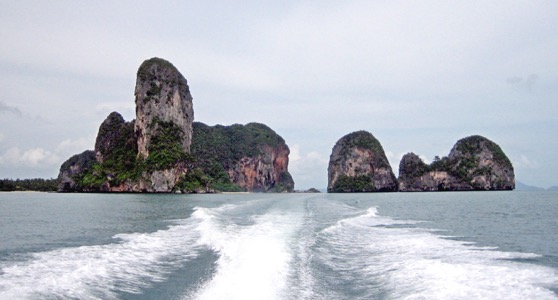
Figure 2.Karst in southern Thailand.
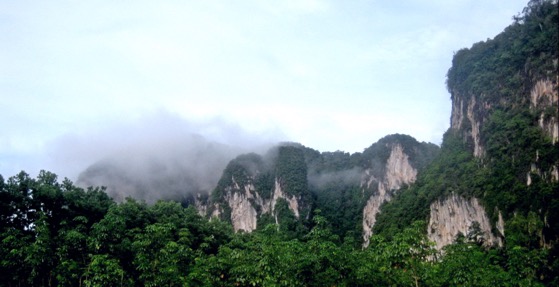
Figure 3.Karstin southern Thailand.
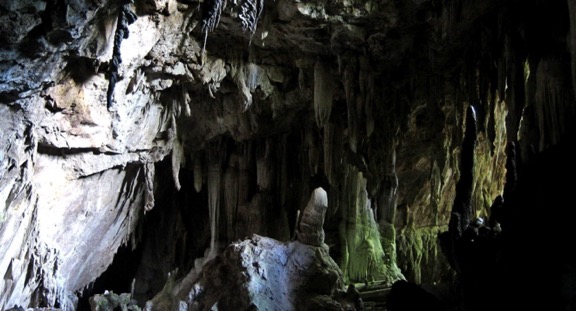
Figure 4.Limestone cave in southern Thailand.

Figure 5.The entrance of Klang Cave, southern Thailand.
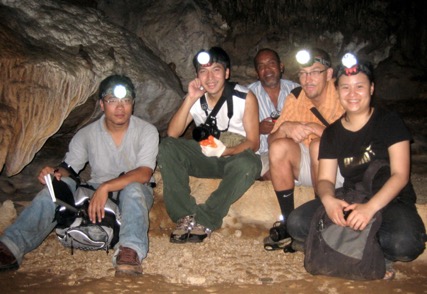
Figure 6.A group photograph of researchers in Klang Cave, southern Thailand.

Figure 7.Prof. Chuan-Chou Shen and Prof. Ludvig Löwemark of the Department of Geosciences, National Taiwan University conducting a monitoring program in Klang Cave, southern Thailand.
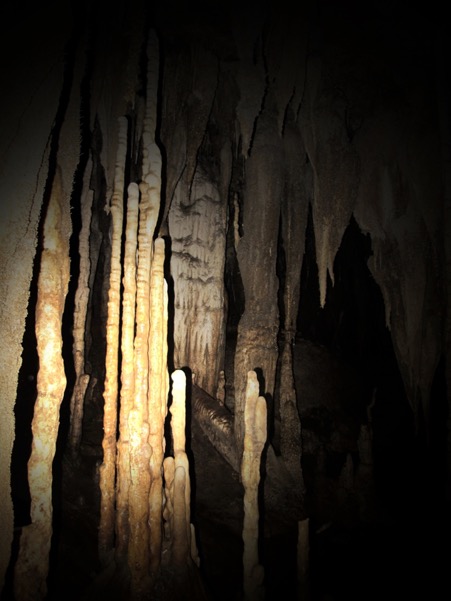
Figure 8.Klang Cave in southern Thailand.

Figure 9.Polished sections of three stalagmites, TK16, TK133 and TK131, used in this study. The blue ovals denote the sampling locations for mineral analysis.
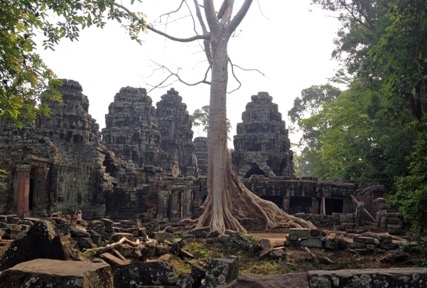
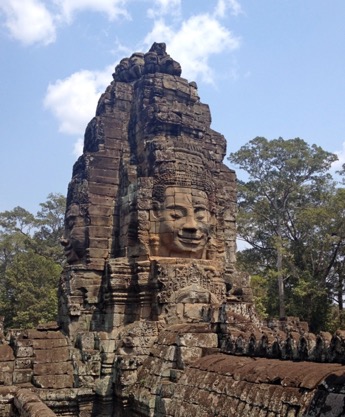
Figure 10.Photographs of Angkor ruin. (courtesy of Dr. Sakonvan Chawchai, the 4th author, used with permission)
